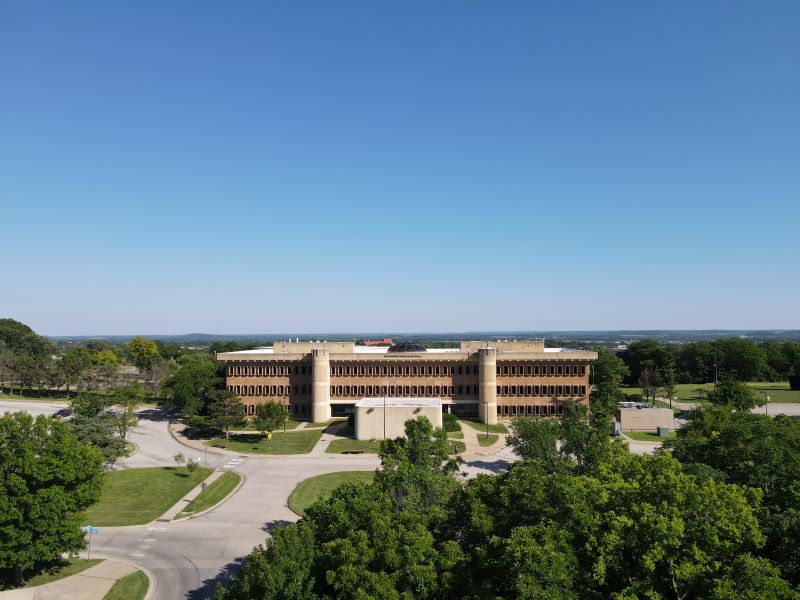ITTC Becomes I2S

LAWRENCE - Earlier this year, the Information and Telecommunication Technology Center (ITTC) changed its name to the Institute for Information Sciences (I2S). ITTC itself was formed in 1993 through a merger of two other research programs: the Telecommunications and Information Sciences Laboratory (TISL) and the Center for Excellence in Computer Aided Systems Engineering (CECASE).
For I2S Director, Perry Alexander, the name change is a response to how much technology has changed since 1993. With the exponential growth of new technologies, I2S was established to serve as a hub dedicated to supporting research that not only develops these new technologies but also their impact on society. The name change ultimately represents an effort to “include all forms of information-related research in our work from sensing to human response.”
The overall mission of I2S centers on three primary initiatives: Research, Teaching, and Service. Achieving these initiatives puts the institute in a position to create and disseminate new knowledge, educate technology professionals, and provide service to the region and nation. To achieve its mission, the institute has restructured into five centers to accommodate a broader research program. Restructuring into five centers ideally will allow I2S to “solve more, bigger problems by including more people from more disciplines – all the while producing more diverse students and faculty.”
There are, however, aspects of the institute that will remain the same. According to Alexander, research in remote sensing (1963, now the Radar Systems Lab) and telecommunications and networking (1980, together form the Center for Communications, Networking, and Photonics) will continue to be core research areas. In RSL, directed by Professor Shannon Blunt, students and faculty will conduct experiments that transform physical phenomena into signals and extract information from these signals. Whereas the CCNP, directed by Professor Ron Hui, conducts both theoretical and experimental research in telecommunication systems, data and information processing and transfer, and networked systems which construct the backbone to support modern information society.
Three centers make up the rest of the centers that constitute the structure of I2S. The High Assurance and Secure Systems Center (HASSC), directed by Professor Bo Luo, conducts research on building resilient systems that do not fail and will withstand cyber-attacks. Next is the Mathematical Methods and Interdisciplinary Computing Center (MMICC), directed by Professor Suzanne Shontz, which will develop methods that use computing systems to efficiently solve mathematical problems in new domains. Finally, with the help of the inaugural Research Rising grant, I2S will also house the Center for Cyber-Social Dynamics (CCSD), to be led by professor John Symons of KU Philosophy. The center seeks to answer some of the big questions Alexander alludes to, as it seeks to address questions of how societal changes occur from emerging technologies and computing systems.
Another aspect of the I2S mission, for Director Alexander, is to educate students through research:
“Universities serve students. Not the economy, not the state, but the students who study here. Our first goal is to position students for success. Research is education. Students work hand-in-glove with research active faculty to solve problems and learn how to become researchers. Researchers solve problems. Solving problems drives our economy and our society. At a state and national level, that’s what it’s about. Solving the difficult and important problems creates opportunities that ripple through society and the economy.”
The immediate goal of the newly restructured institute is to, in the words of the immortal Los Angeles/ Oakland/ Las Vegas Raiders coach and owner Al Davis, “Just Win Baby!” And what does winning look like? For Alexander: winning means being awarded national grants and reducing the friction of doing research while also creating an environment that is supportive of staff, students, and faculty – “As a result we will continue to grow intellectually and produce great students and great research outputs.”